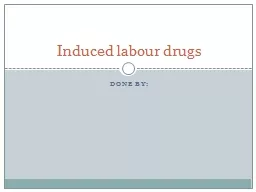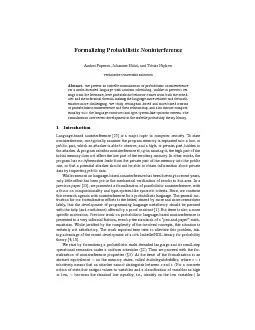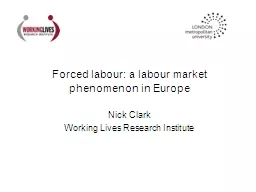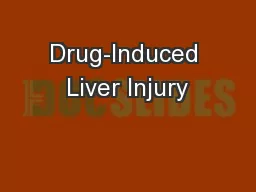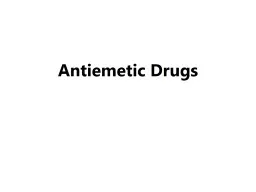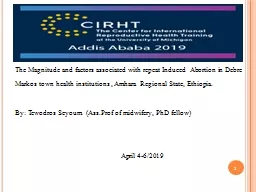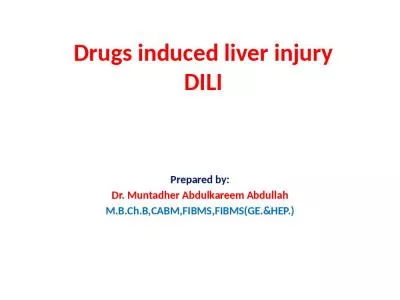PPT-Induced labour drugs Done
Author : magdactio | Published Date : 2020-08-27
by Marwa Alhazeen Khadeeja A bu Hwichel Sara Kouta Ekhlas Abu Safia Nuha Abu Khater Yasmeen Abu Issa Safaa Zino Noor Alnono Labour child birth the process
Presentation Embed Code
Download Presentation
Download Presentation The PPT/PDF document "Induced labour drugs Done" is the property of its rightful owner. Permission is granted to download and print the materials on this website for personal, non-commercial use only, and to display it on your personal computer provided you do not modify the materials and that you retain all copyright notices contained in the materials. By downloading content from our website, you accept the terms of this agreement.
Induced labour drugs Done: Transcript
Download Rules Of Document
"Induced labour drugs Done"The content belongs to its owner. You may download and print it for personal use, without modification, and keep all copyright notices. By downloading, you agree to these terms.
Related Documents

